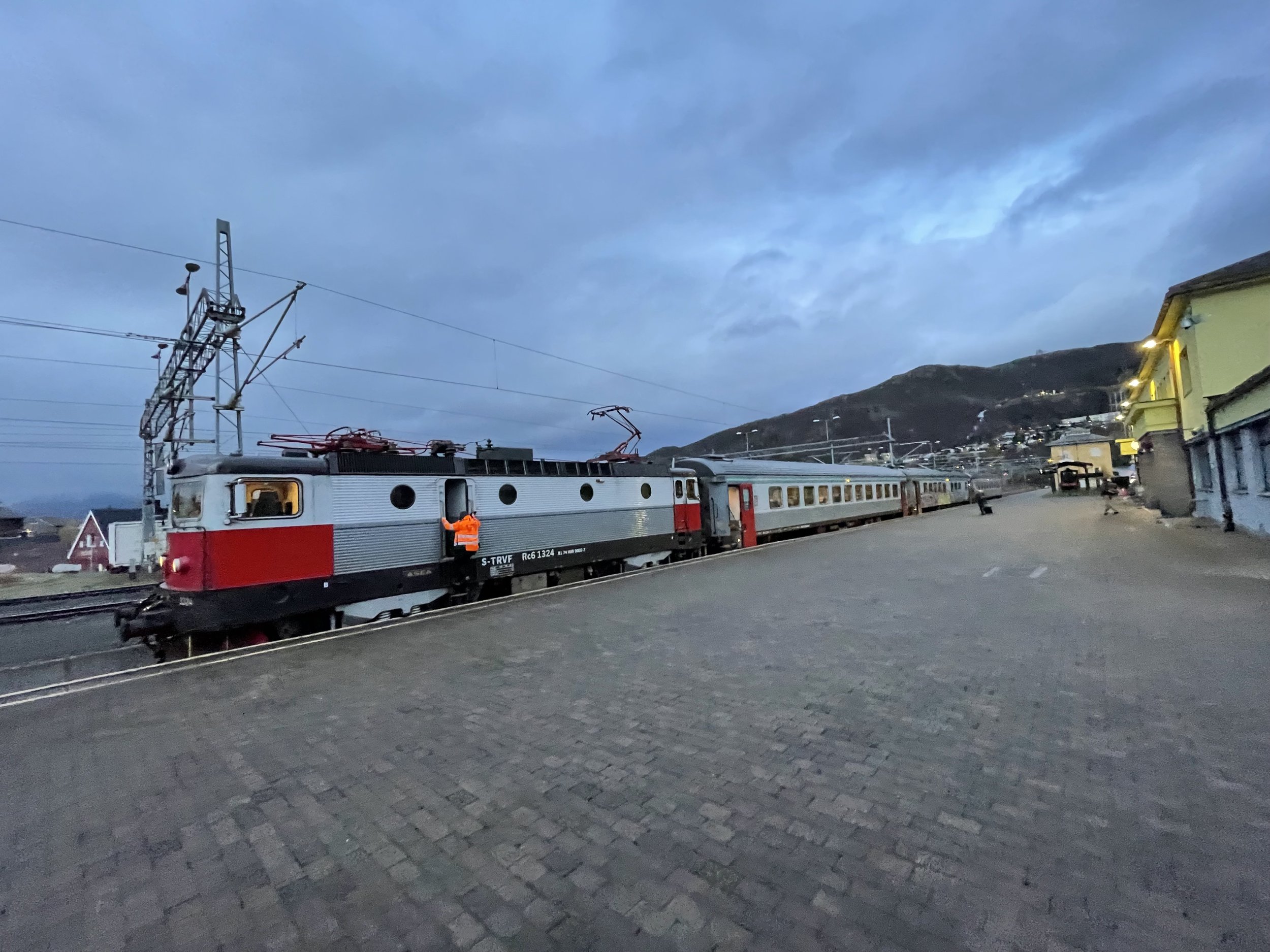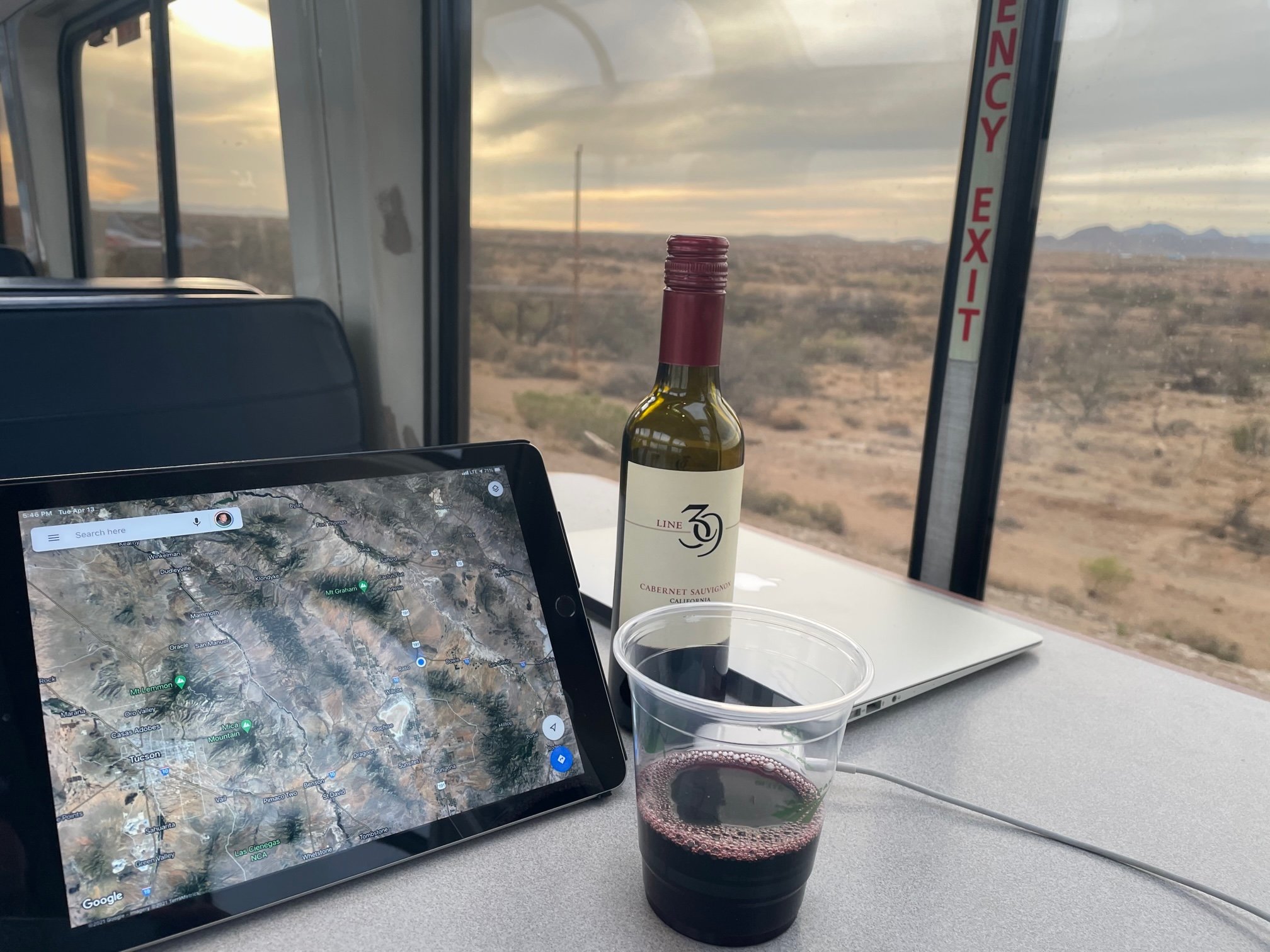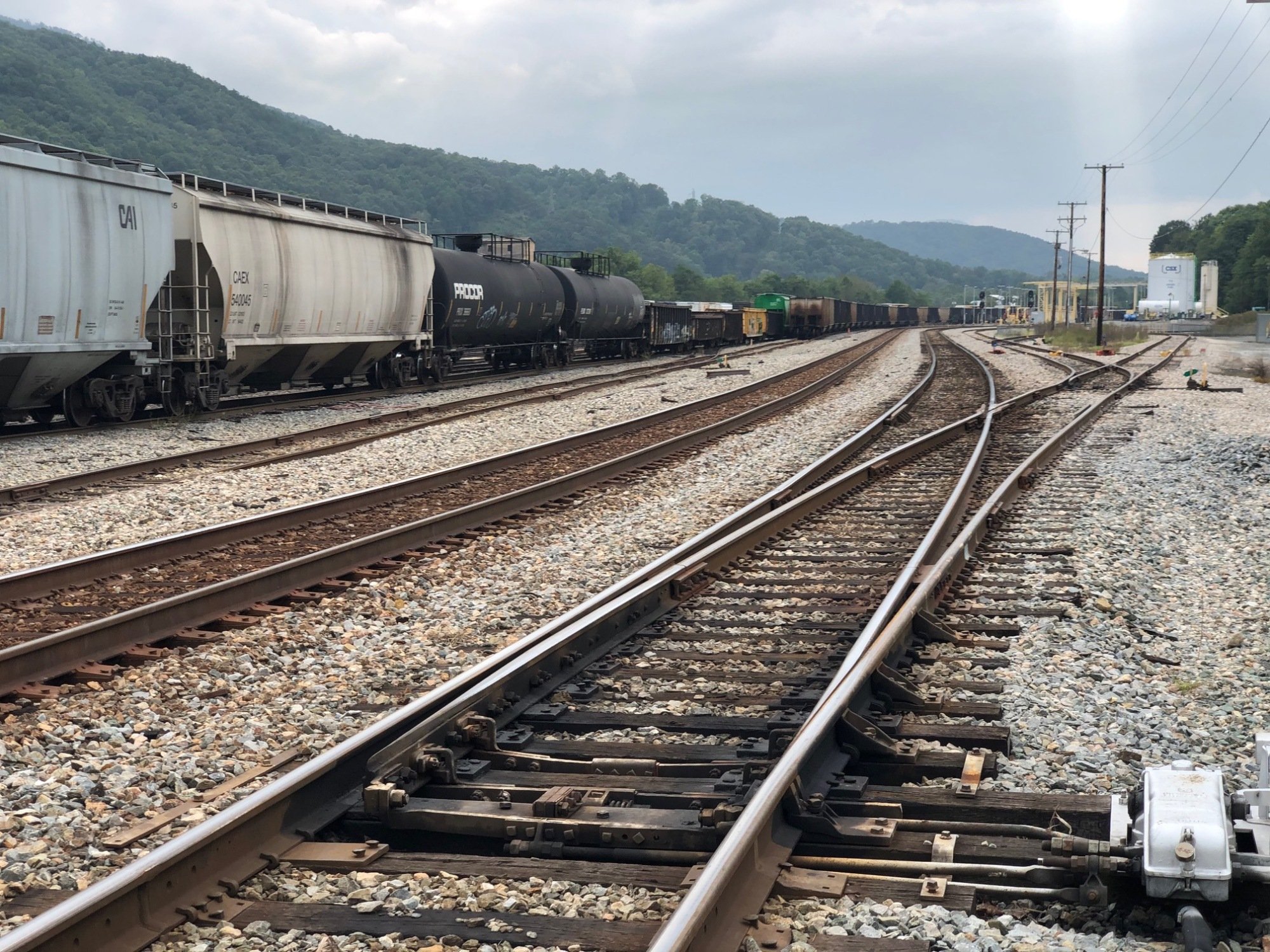
Train travel can conjure romantic notions of luxury railroads from another era, but today’s passenger rail in the United States is a different story. Trains are slow and usually delayed, food is microwaved, and the cost of a sleeping compartment is out of reach for most travelers.
Still, 3.5 million passengers ride America’s long-distance trains every year, despite the inconvenience.
This site explores the unexpected social, psychological and environmental benefits of slow speed rail.
-

Why slow train travel matters
Concerns for the future of the planet are already prompting many to look for alternatives to commercial flight. If the future of travel is local, train travel will play a significant role.
-

Step back in time
Today, we associate the rails with romance and slow travel, but the first train travelers felt the experience jarring, frequently comparing the experience to being on a missile.
-

The Slow Movement
After cars and jets dominated transportation, the Slow Food Manifesto in 1986 called upon humanity to “liberate itself from the ‘velocity’ that is propelling it on the road to extinction.”
-

A closer connection to the landscape
Neither plane, nor car, nor even high-speed rail can show passengers the majesty of some of America’s most beautiful canyons, river gorges and National Parks the way Amtrak’s leisurely trains can.
-

A closer connection to fellow travelers
No other form of transportation facilitates conversation the way a slow, long-distance train ride does. Passengers share stories and better get to know people they might not otherwise encounter.
-

The psychology of train travel
Motion is known to induce a heightened state of awareness, and long train trips can alter one’s perception of time, while providing the time and space to think or to daydream.
-

Rail travel and environmental (in)justice
The building of the railroads is riddled with injustices, relying on mistreated immigrant labor and severing Native Americans from their land. While rail travel could have delivered greener transportation in the late 20th century, it was deliberately neglected, bringing a new set of injustices.
-

The downsides of train travel
In case the previous pages of this project have been too idealistic, I need to remind readers that delays and inefficiency are significant, and while customer service is almost always kind and competent, don’t expect freshly cooked meals served on tablecloths.
-

Tips for planning your own trip
If you enjoyed reading this site and feel inspired to take your own trip, here are some tips, including some of my favorite routes, how to choose accommodations, where to find additional information, and more.
-

Want to read more?
From history to travelogue to academic theory, much has been written on this topic, and I have spent years reading books and articles about train travel, travel psychology and the slow movement
-

About this project
This site serves as a capstone project for a Master of Arts in Liberal Science degree, with a concentration in Social and Environmental Justice Studies, from the Graduate Center of the City University of New York.
-

About me
I have logged more than 35,000 miles on Amtrak, Via Rail and European rail. I am completing a master's degree in liberal studies with a focus on the environmental and psychological benefits of slow train travel.